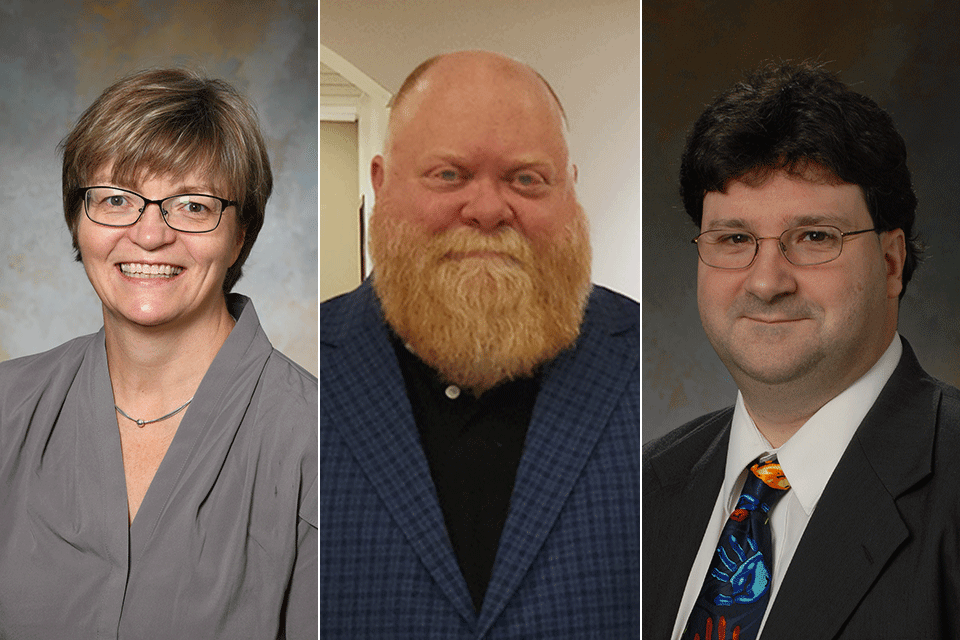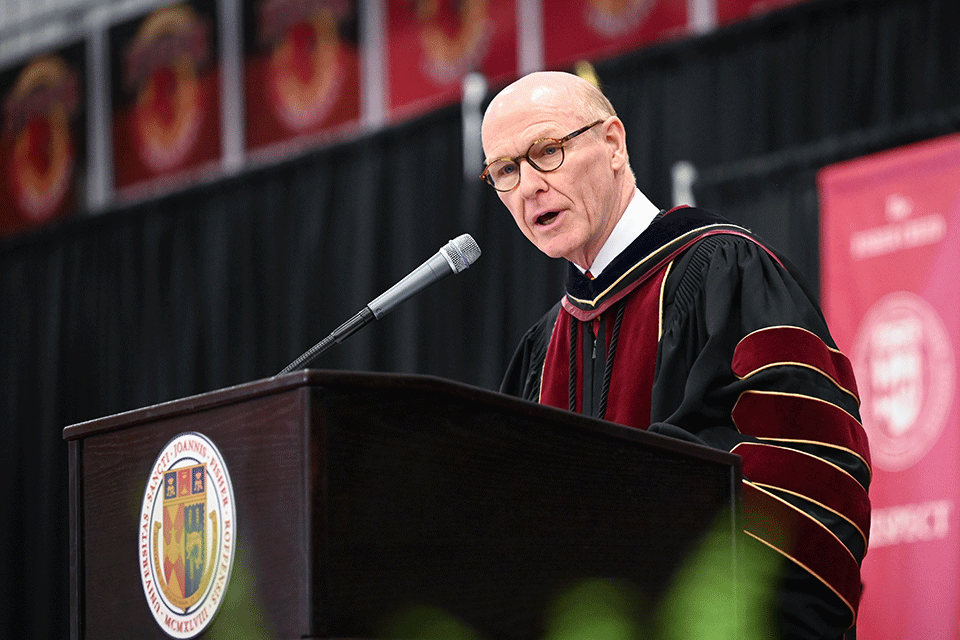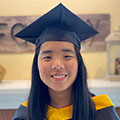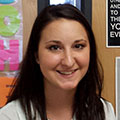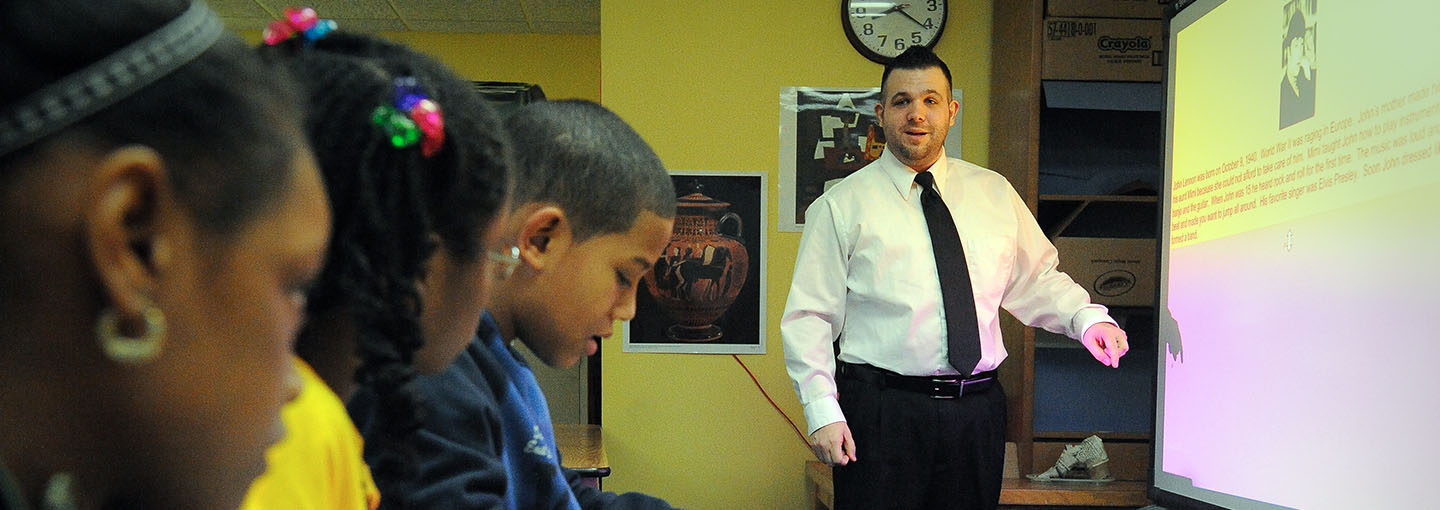
- Student to faculty ratio: 12:1
- Typical class size: 20-25
- Fisher family:1
Inclusive Adolescence Education
It has been said that if you want to make a difference in the world, become a teacher. You can make a difference—in your life and the lives of future generations—by enrolling in Fisher’s inclusive adolescence education program.
The program is deemed “inclusive” because, as an undergraduate education candidate, you will work toward dual certification in general education and special education.
The inclusive adolescence education program results in certification in adolescence education (grades 7–12) in the chosen content area, with optional middle-school extension (grades 5–6) and students with disabilities (grades 7–12) generalist. A generalist is certified for employment as a supporting teacher for students with disabilities in content areas other than the candidate’s major area of study.
Program Overview
The inclusive adolescence education major requires 40-43 credits. In addition, you will complete a second major or concentration in one of the following content areas:
- American Studies
- Biology
- Chemistry
- Earth Science
- English
- History
- Mathematics
- Physics
As an inclusive adolescence education major, you will take additional liberal arts courses that meet the Core requirements. To meet New York state core requirements for the program, you are also required to complete classes in math, science, English, and social studies. Many of the requirements in the Core may be met by courses you complete for your education program studies. Likewise, some of the Core courses (not all) may meet New York state content requirements.
You also will be required to successfully complete a set of courses and clinical experiences relating to pedagogical content in teacher education. At least 50 of the 150 hours of the clinical experiences must focus on the needs of students with disabilities for your dual certification in adolescence education and students with disabilities (7–12) generalist.
This program is accredited by the Council for the Accreditation of Educator Preparation (CAEP).
Life After Fisher
With a B.S. degree in inclusive adolescence education from Fisher, you are qualified to teach in a variety of settings and capacities. Graduates of this program have gone on to hold positions in many locations, including:
- Library media specialist for the Penfield Central School District
- Tenth grade English language arts teacher at University Preparatory School for Young Men
- Seventh grade math teacher at Integrated Arts and Technology High School
-
Why Teach?
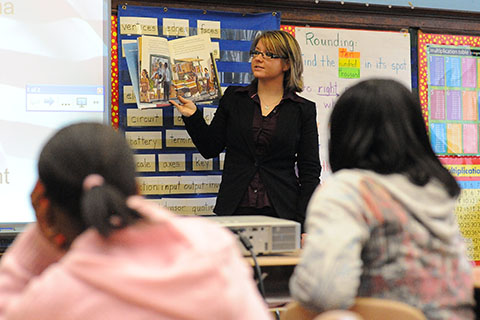
As a teacher, you will be a highly-trained, forward-thinking professional. Entering the teaching profession today will set you on a path of discovery.
Benefits of Teaching
“ My capstone class in American studies had a large impact on me as a person. My professor allowed me the space to write about my own identity and place in America. ”
“ At the School of Education, you are not simply a student, but part of a community of learners—including the faculty. ”
Education News


